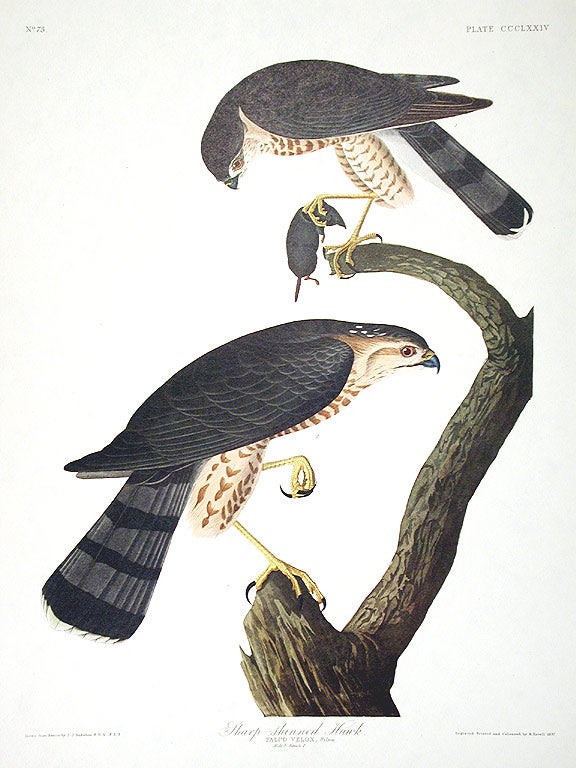P. M. — To Flint’s Pond.
I see much eriocaulon floating, with its mass of white roots uppermost, near the shore in Goose Pond. I suspect it may have been loosened up by the musquash, which either feeds on it, or merely makes its way through its dense mats.
I also see small fishes, apparently shiners, four or five inches long, in this pond. Yet I have seen this almost all dried up.
H. D. Thoreau Journal, July 31, 1858
I see tobacco-pipes now in the path. See July 30, 1854 ("I have seen a few new fungi within a week. The tobacco-pipes are still pushing up white amid the dry leaves, sometimes lifting a canopy of leaves with them four or five inches."); August 10, 1858 ("I see many tobacco-pipes, now perhaps in their prime, ... bursting up through the dry leaves, which, elevated around, may serve to prop them. Springing up in the shade with so little color, they look the more fragile and delicate.")
You are liable to be overtaken by a thunder-shower these afternoons. See July 31, 1860 ("At mid-afternoon I am caught in a deluging rain as I stand under a maple by the Assabet shore ")
The wood thrush’s nest of June 19th. See August 10, 1858 ("The wood thrush’s was a peculiarly woodland nest, made solely of such materials as that unfrequented grove afforded.")
I have smelled fungi in the thick woods for a week, though they are not very common. I see tobacco-pipes now in the path.
You are liable to be overtaken by a thunder-shower these afternoons.
The anychia already shows green seed-vessels on its lower branches.
Petty morel has begun to bloom in shady swamps, how long?
Got the wood thrush’s nest of June 19th (now empty). It was placed between many small upright shoots, against the main stem of the slender maple, and measures four and a half to five inches in diameter from outside to outside of the rim, and one and three quarters deep within.
It is quite firm (except the external leaves falling off) the rim about three quarters of an inch thick, and it is composed externally of leaves, apparently chiefly chestnut, very much decayed, beneath which, in the place of the grass and stubble of which most nests are composed, are apparently the midribs of the same leaves, whose whole pulp, etc., is gone, arranged as compactly and densely (in a curving manner) as grass or stubble could be, upon a core, not of mud, but a pale-brown composition quite firm and smooth (within), looking like inside of a cocoanut-shell, and apparently composed of decayed leaf pulp (?) which the bird has perhaps mixed and cemented with its saliva. This is about a quarter of an inch thick and about as regular as a half of a cocoanut-shell.
Within this, the lower part is lined with considerable rather coarse black root-fibre and a very little fine stubble. From some particles of fine white sand, etc., on the pale brown composition of the nest, I thought it was obtained from the pond shore. This composition, viewed through a microscope, has almost a cellular structure.
It is quite firm (except the external leaves falling off) the rim about three quarters of an inch thick, and it is composed externally of leaves, apparently chiefly chestnut, very much decayed, beneath which, in the place of the grass and stubble of which most nests are composed, are apparently the midribs of the same leaves, whose whole pulp, etc., is gone, arranged as compactly and densely (in a curving manner) as grass or stubble could be, upon a core, not of mud, but a pale-brown composition quite firm and smooth (within), looking like inside of a cocoanut-shell, and apparently composed of decayed leaf pulp (?) which the bird has perhaps mixed and cemented with its saliva. This is about a quarter of an inch thick and about as regular as a half of a cocoanut-shell.
Within this, the lower part is lined with considerable rather coarse black root-fibre and a very little fine stubble. From some particles of fine white sand, etc., on the pale brown composition of the nest, I thought it was obtained from the pond shore. This composition, viewed through a microscope, has almost a cellular structure.
H. D. Thoreau Journal, July 31, 1858
I see tobacco-pipes now in the path. See July 30, 1854 ("I have seen a few new fungi within a week. The tobacco-pipes are still pushing up white amid the dry leaves, sometimes lifting a canopy of leaves with them four or five inches."); August 10, 1858 ("I see many tobacco-pipes, now perhaps in their prime, ... bursting up through the dry leaves, which, elevated around, may serve to prop them. Springing up in the shade with so little color, they look the more fragile and delicate.")
You are liable to be overtaken by a thunder-shower these afternoons. See July 31, 1860 ("At mid-afternoon I am caught in a deluging rain as I stand under a maple by the Assabet shore ")
The wood thrush’s nest of June 19th. See August 10, 1858 ("The wood thrush’s was a peculiarly woodland nest, made solely of such materials as that unfrequented grove afforded.")








